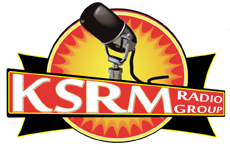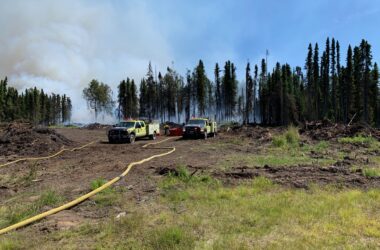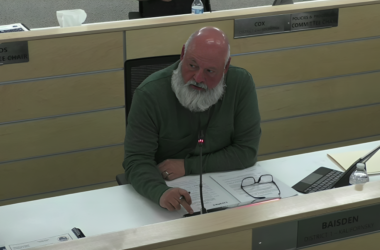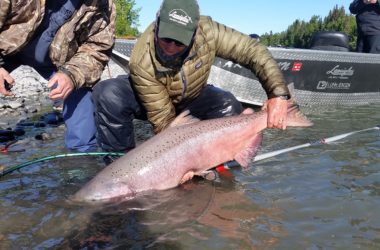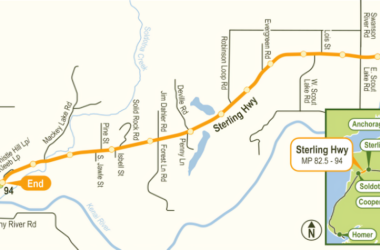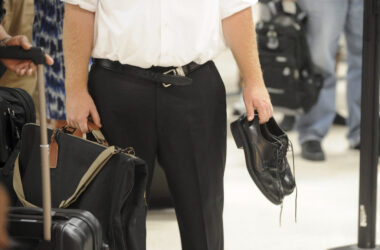An Alaska Department of Fish and Game emergency order will open set gillnetting in that portion of the Kasilof Section of the Upper Subdistrict within 600 feet of the mean high tide mark on the Kenai Peninsula shoreline from 11:00 a.m. until 11:00 p.m. on Wednesday, July 15, 2015.
Commercial Fisheries Management Biologist Pat Shields…
Through July 13, the estimated sockeye salmon passage in the Kasilof River is approximately 245,000 fish.
Based on the previous 10 years (2005–2014) of passage estimates in the Kasilof River, the sockeye salmon run is on average 42% complete through July 13, which would project a final passage of more than 582,000 fish (ranging from 467,000 to 651,000 for runs 3-days early to3-days late).
The optimal escapement goal (OEG) in the Kasilof River is 160,000–390,000 fish, while the biological escapement goal (BEG) is 160,000–340,000 fish. This level of passage is projected to exceed both the OEG and BEG.
Due to the rate of sockeye salmon passage into the Kasilof River, the current utilization of 36 hours of weekly fishing time in the Upper Subdistrict set gillnet fishery and use of the Kasilof River Special Harvest Area (KRSHA) has not been sufficient to control passage of sockeye salmon into the Kasilof River.
Allowing the Kasilof Section of the Upper Subdistrict to fish within 600 feet of the mean high tide mark of the Kenai Peninsula shore instead of the KRSHA is warranted given the inability to control sockeye salmon passage in the Kasilof River.
